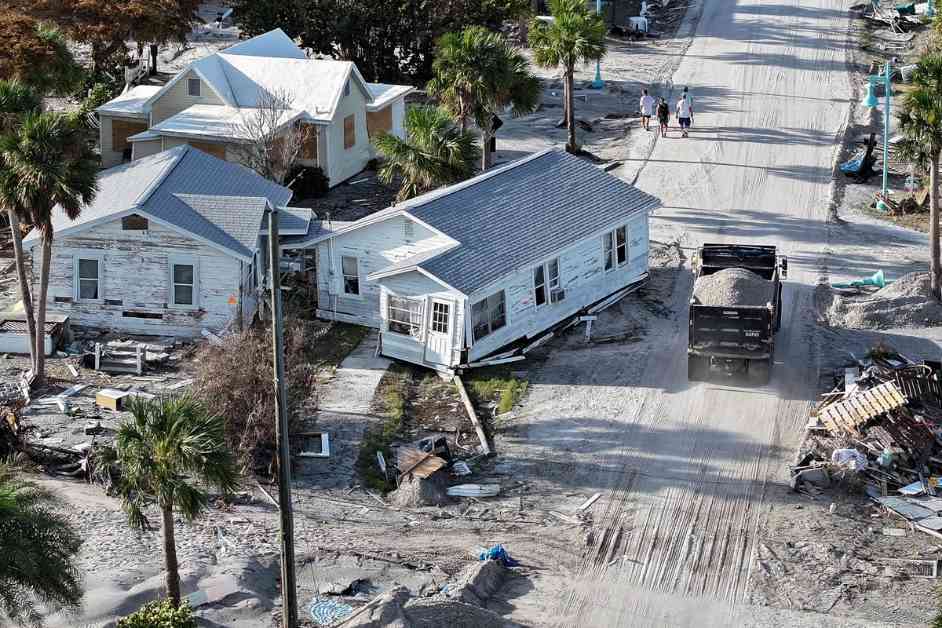The recent devastation caused by Hurricanes Helene and Milton has raised concerns about the financial stability of state-run insurance plans and the increasing climate risks they are facing. With more intense hurricanes, wildfires, and other climate disasters occurring, these insurers of last resort are taking on a role typically handled by the private sector as the primary insurer within their borders. This shift has left these backstop insurers with more risky policies for properties in vulnerable locations.
Experts are worried that these state programs may not be able to sustain this burden for much longer, prompting discussions about the federal government stepping in to address the rising costs of these disasters. Thomas Zemetis, a director at S&P Global Ratings, emphasized the need for a broader response beyond state-level programs as climate risks continue to rise and policy coverage becomes less affordable.
State-run insurance plans were initially designed to ensure homeowners could secure insurance needed for mortgages when private options were unavailable. However, they are now operating in ways they never anticipated due to the shrinking availability of private insurance and the increasing climate risks driving up premiums nationwide.
In Florida, the impact of Hurricane Milton could significantly affect the state’s insurance market. Although Citizens Property Insurance, the Florida state-backed insurer, has stated it can cover losses from recent disasters through its reserves and catastrophe fund, there are concerns about potential rate hikes for all policyholders in the state to fill the gap, regardless of their proximity to the disaster zone.
The private sector’s withdrawal from states like Florida, California, Louisiana, Texas, and North Carolina due to litigation, flood risks, and climate change impacts has forced state-backed insurers like Citizens into a more prominent role in stabilizing insurance markets and supporting homeownership. The shifting landscape of insurance coverage due to climate risks is putting pressure on state plans to adapt to the growing challenges.
Analysts are closely monitoring the financial positions of state-backed insurers to ensure their sustainability in the face of increasing climate risks and the potential need for federal intervention. With insurance premiums rising across the country, particularly in climate-distressed areas like Florida, the long-term viability of state insurance programs is being called into question.
Lawmakers are exploring various solutions to address the challenges posed by climate change on insurance rates. Proposals range from federal bonds to cover insurance premium gaps after disasters to the creation of federal reinsurance programs to offer government-backed coverage in high-risk areas. The goal is to ensure that homeowners have access to affordable insurance coverage despite the escalating climate risks affecting the insurance market.
As the impacts of climate change continue to reshape the insurance landscape, state and federal policymakers are working to find sustainable solutions to protect homeowners and mitigate financial risks associated with natural disasters. The evolving role of state-run insurance plans in the face of climate challenges underscores the need for proactive measures to safeguard communities and ensure the stability of the insurance market in the future.










